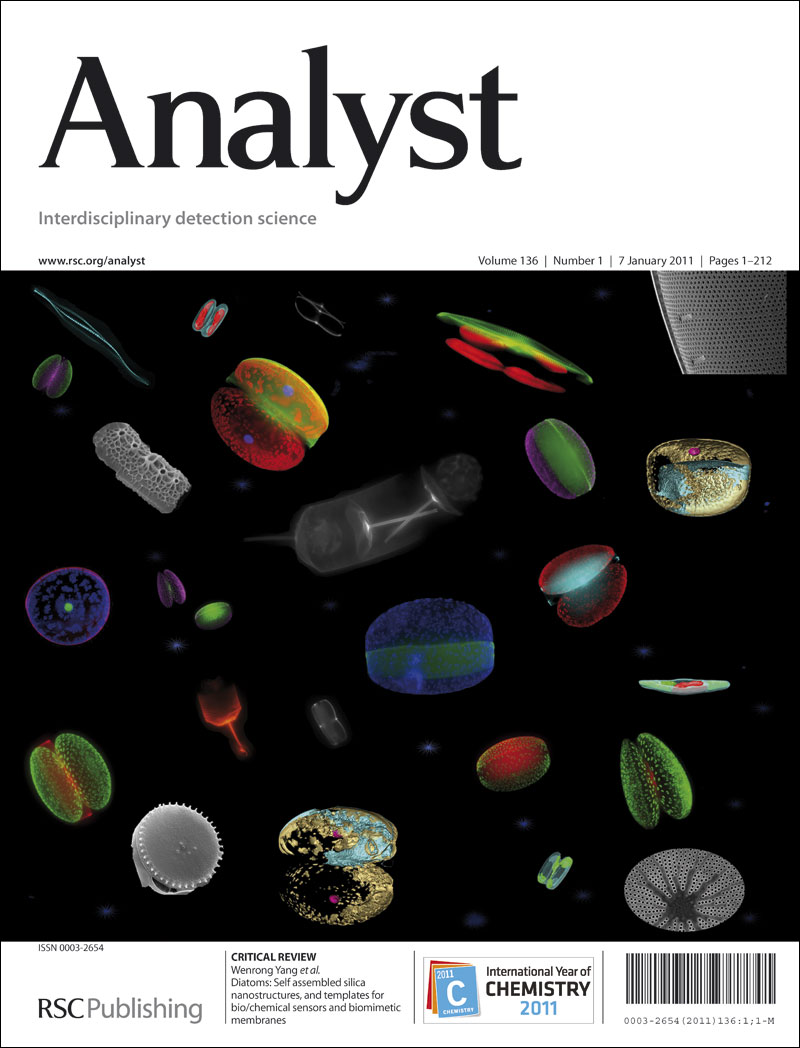The effects of different plasticisers on the electrochemical performance of bespoke conductive additive manufacturing filaments using recycled PLA
IF 3.6
3区 化学
Q2 CHEMISTRY, ANALYTICAL
引用次数: 0
Abstract
In this work, we report the production, physicochemical, electrochemical, and electroanalytical characterisation of 10 different bespoke additive manufacturing filaments that utilise different chemicals as plasticisers. The inclusion of a plasticiser within a recycled poly(lactic acid) based additive manufacturing filament produced through thermal mixing is required when incorporating high loadings of conductive fillers. All 10 chemicals used in this work acted as suitable plasticisers for producing conductive filaments, allowing the incorporation of 25 wt% carbon black with 65 wt% recycled poly(lactic acid) whilst ensuring excellent low-temperature flexibility and printability. The surfaces of the additive manufactured electrodes were characterised before and after electrochemical activation, revealing a significant increase in the amount of graphitic carbon present after activation in all cases. Through electrochemical characterisation against [Ru(NH3)6]3+ and [Fe(CN)6]4−, as well as through the electroanalytical detection of dopamine, castor oil, tris(2-ethylhexyl) trimellitate, and poly(ethylene glycol) were identified as the best overall performing plasticisers for the production of additively manufactured electrodes.

不同增塑剂对使用回收PLA的定制导电增材制造长丝电化学性能的影响
在这项工作中,我们报告了10种不同的定制增材制造细丝的生产、物理化学、电化学和电分析特性,这些细丝使用不同的化学品作为增塑剂。当加入高负荷的导电填料时,需要在通过热混合生产的再生聚(乳酸)基增材制造长丝中加入增塑剂。在这项工作中使用的所有10种化学物质都是生产导电长丝的合适增塑剂,允许将25%的炭黑与65%的再生聚乳酸混合,同时确保出色的低温柔韧性和可印刷性。在电化学活化前后,对添加剂制造的电极表面进行了表征,发现在所有情况下,活化后石墨碳的含量都显著增加。通过对[Ru(NH3)6]3+和[Fe(CN)6]4−的电化学表征,以及多巴胺的电分析检测,蓖麻油、三(2-乙基己基)三甲基酸盐和聚乙二醇被确定为生产增材制造电极的最佳综合性能增塑剂。
本文章由计算机程序翻译,如有差异,请以英文原文为准。
求助全文
约1分钟内获得全文
求助全文
来源期刊

Analyst
化学-分析化学
CiteScore
7.80
自引率
4.80%
发文量
636
审稿时长
1.9 months
期刊介绍:
"Analyst" journal is the home of premier fundamental discoveries, inventions and applications in the analytical and bioanalytical sciences.
 求助内容:
求助内容: 应助结果提醒方式:
应助结果提醒方式:


